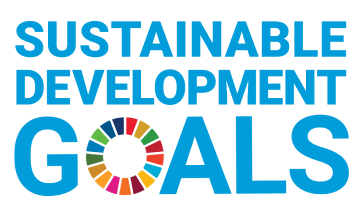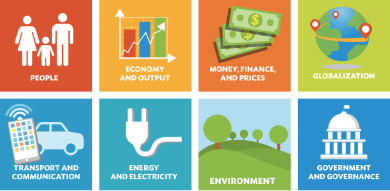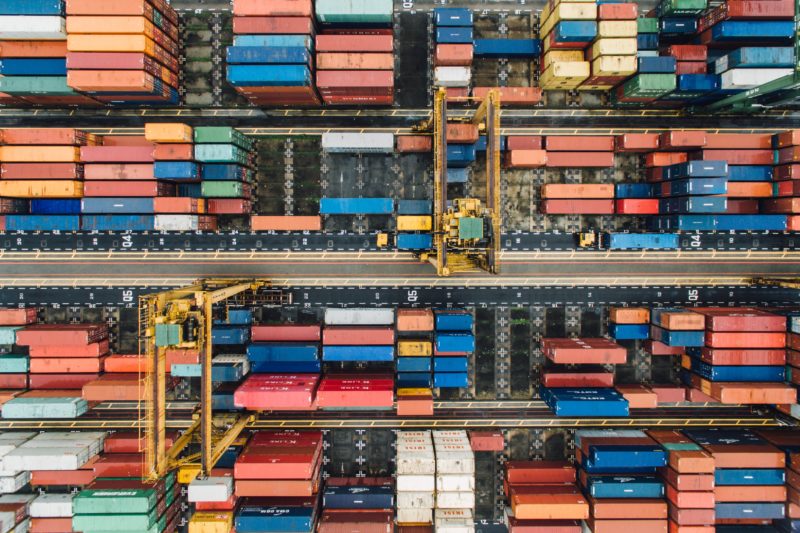
The Key Indicators Database (KIDB) is ADB's central statistical database and one of the world' s most comprehensive resources for macroeconomic and social indicators from across Asia and the Pacific.
Data were last updated on 22 April 2025.
GO
Trending Searches
Explore Data by Economy
View the latest macroeconomic and socioeconomic statistics for each of ADB's 49 member economies across Asia and the Pacific. This includes data on national accounts, prices, government finance, trade, balance of payments, money and interest rates, external debt, population, labor force, climate change, and social indicators.
AfghanistanArmeniaAustraliaAzerbaijanBangladeshBhutanBrunei DarussalamCambodiaChina, People's Republic ofCook IslandsFijiGeorgiaHong Kong, ChinaIndiaIndonesiaJapanKazakhstanKiribatiKorea, Republic ofKyrgyz RepublicLao People's Democratic RepublicMalaysiaMaldivesMarshall IslandsMicronesia, Federated States ofMongoliaMyanmarNauruNepalNew ZealandNiuePakistanPalauPapua New GuineaPhilippinesSamoaSingaporeSolomon IslandsSri LankaTaipei,ChinaTajikistanThailandTimor-LesteTongaTurkmenistanTuvaluUzbekistanVanuatuViet Nam
About Key Indicators
For more than 50 years, Key Indicators for Asia and the Pacific has presented the latest data on economic, financial, social, and environmental development issues across Asia and the Pacific. It continues to act as a vital resource of data and statistics for policymakers, development practitioners, government officials, researchers, and students around the world.
ADB Publications
© 2024 Asian Development Bank. Terms of Use
ADB encourages websites and blogs to link to its web pages.





